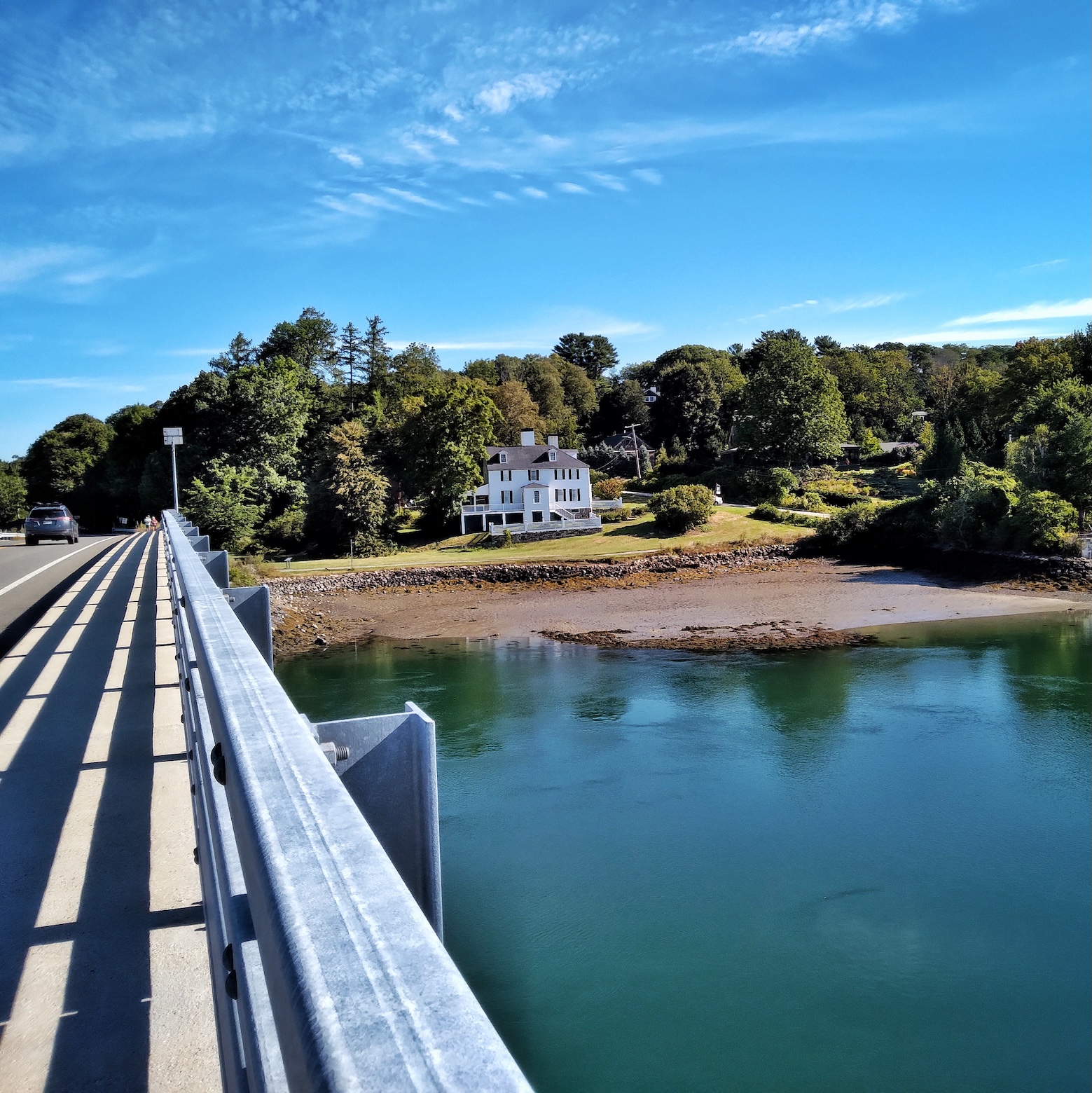
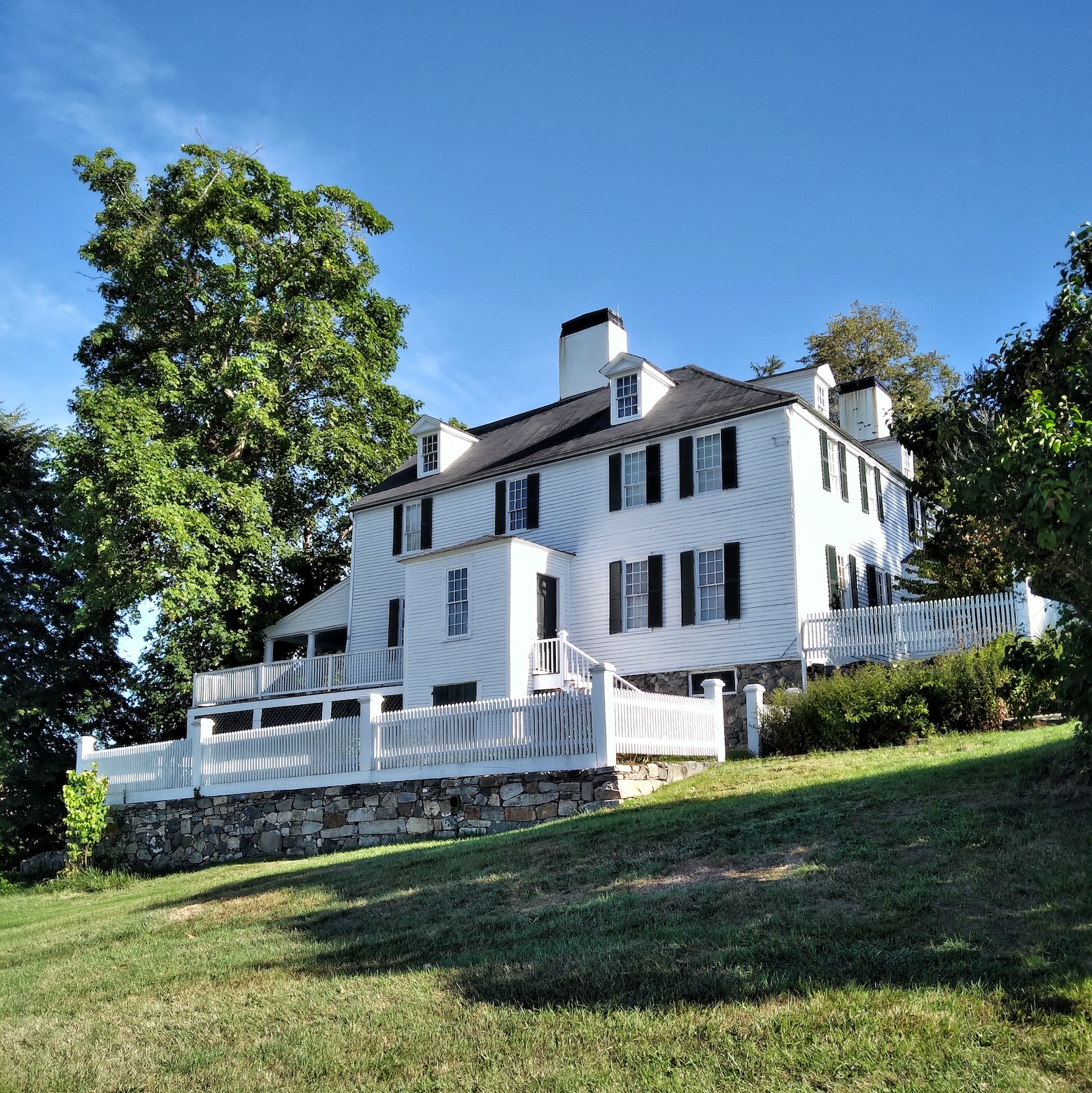
Located in York, Maine not far from Old York Historical Society, Sayward-Wheeler House is a Historic New England (HNE) property that was owned by the Sayward-Wheeler family throughout its time as a private residence. From the patriarch Joseph Sayward purchasing the almost-new house in 1720 to the death of final resident, Elizabeth Bancroft Cheever Wheeler in 1977, the house underwent very few renovations and had no need for restoration when it was donated to HNE and opened as a museum almost fifty years ago.

The hour-long tour of Sayward-Wheeler House split its time between observing the architectural features and original furniture, along with describing the lives of the people who once lived there. At the time of my tour back in 2022, HNE had just started a “Recovering New England Voices” project, which focused on researching the history of Black and Native Americans. During the mid-18th century, at least four people were enslaved by the Sayward family. Because they were given the common names of Boneto, Prince, Dinah, and Cato, their lives had been difficult to track. Historians now believe that Prince, Dinah, and Cato gained their freedom, but Boneto disappeared from the written record.
As for the homeowners, their fortunes wavered during the Jefferson Embargo of 1807, a disastrous prohibition on purchasing foreign goods enacted by third US President Thomas Jefferson. Regular readers of my posts may remember that the same disaster befell other wealthy merchant families whose mansions were eventually owned by HNE, including Hamilton House, Castle Tucker, and Nickels-Sortwell House. The family was well-connected despite years of financial insecurity and mortgaged the house to the Lyman family, owners of HNE’s Lyman Estate. As early as the 1820s, family members took inventory of their antiques and gave tours of the property, starting a tradition that likely led to the house becoming a museum. My favorite of these antiques was a floor-to-ceiling writing desk that was too big to fit in the room, so the top few inches of the wooden decoration were chopped off. A similar fate happened to the finial of a tall clock.
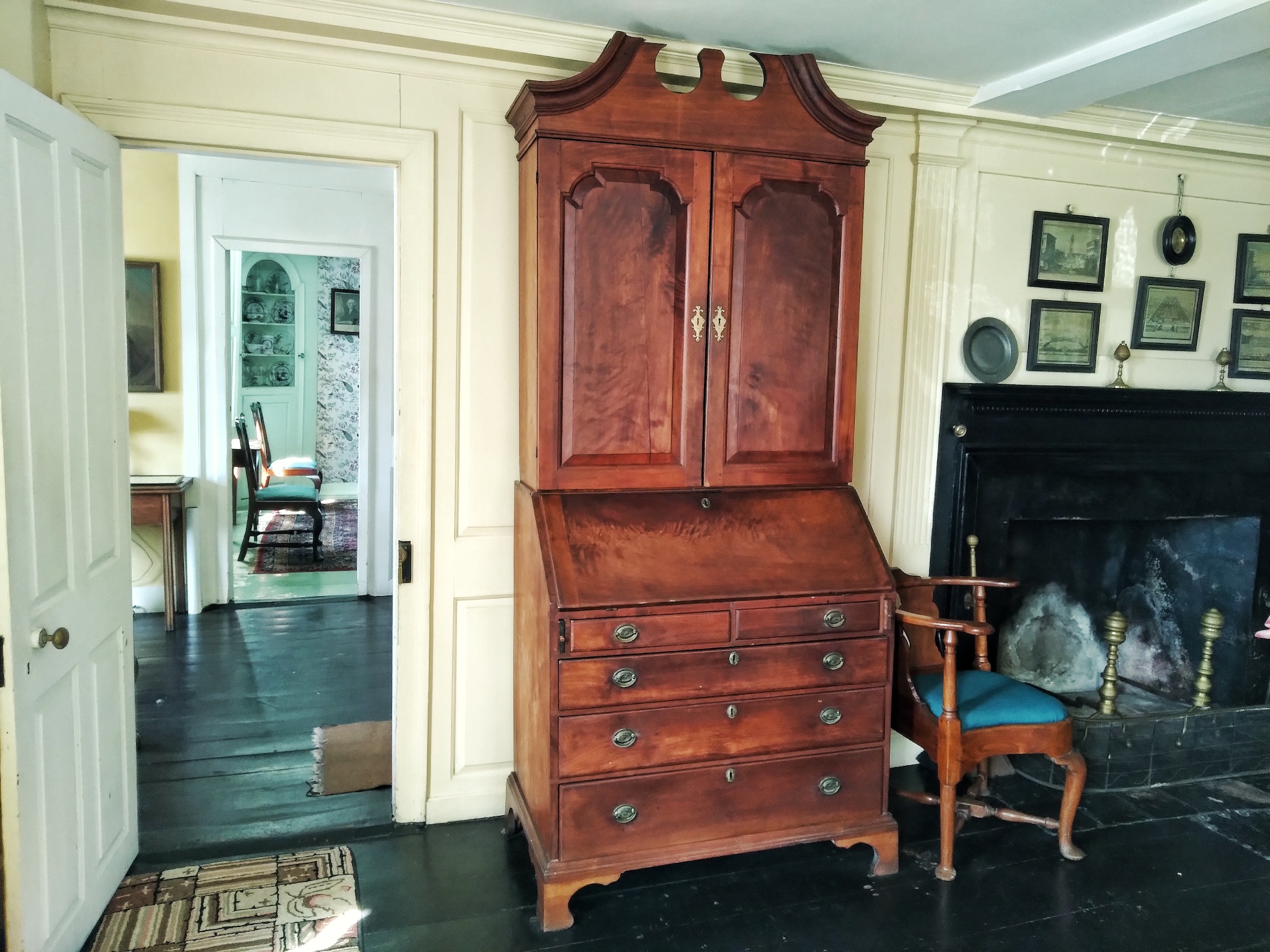
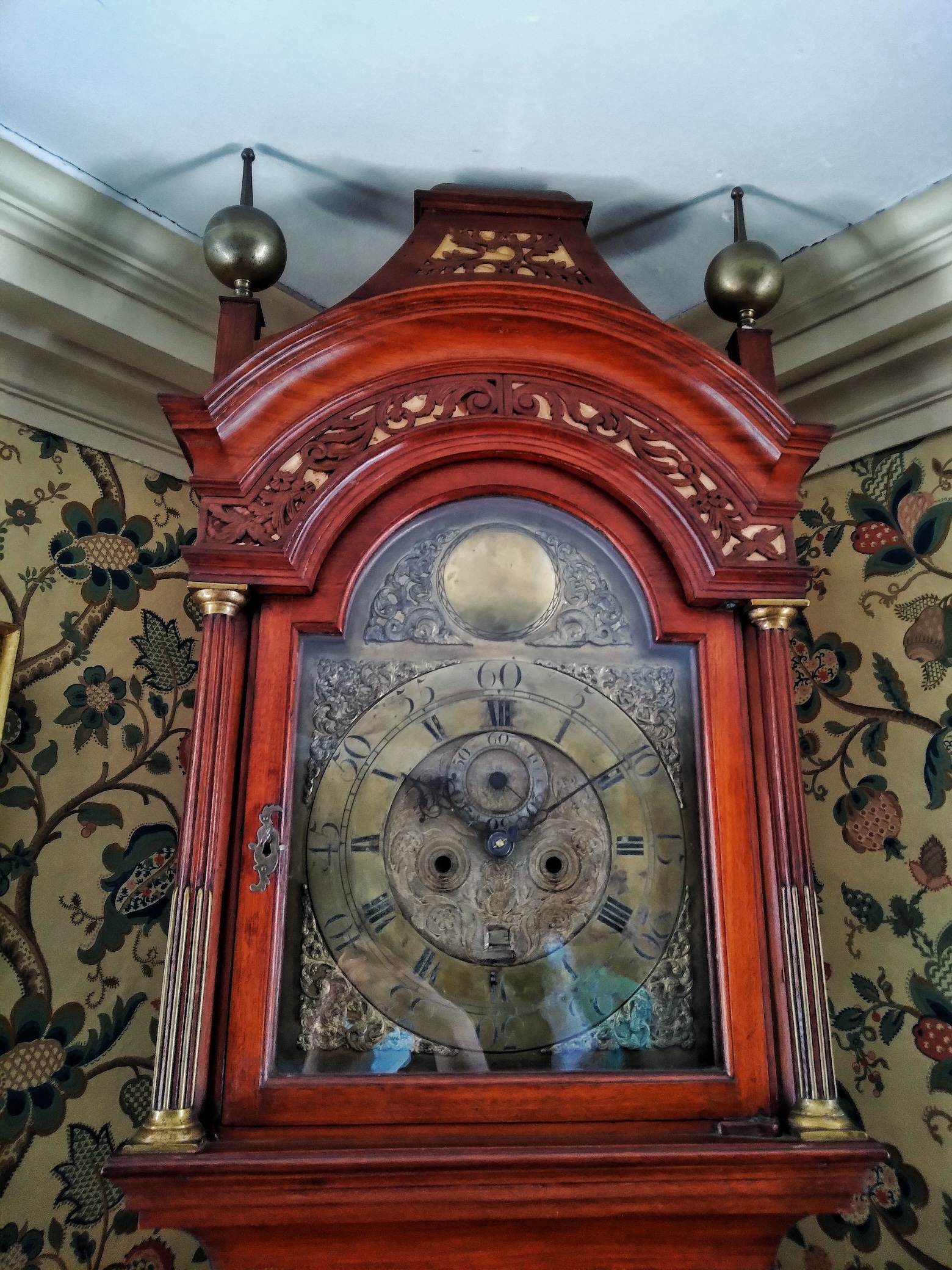
Sayward-Wheeler House is a charming property on the water and a typical example of a Georgian home for upper middle class merchant families in northern New England. This may seem highly specific, but as someone who has toured hundreds of houses within the past few years, I assure you that this is a fairly standard home. My expertise was evidently noticeable, as the tour guide realized I was an historian and asked me for additional information throughout the tour.
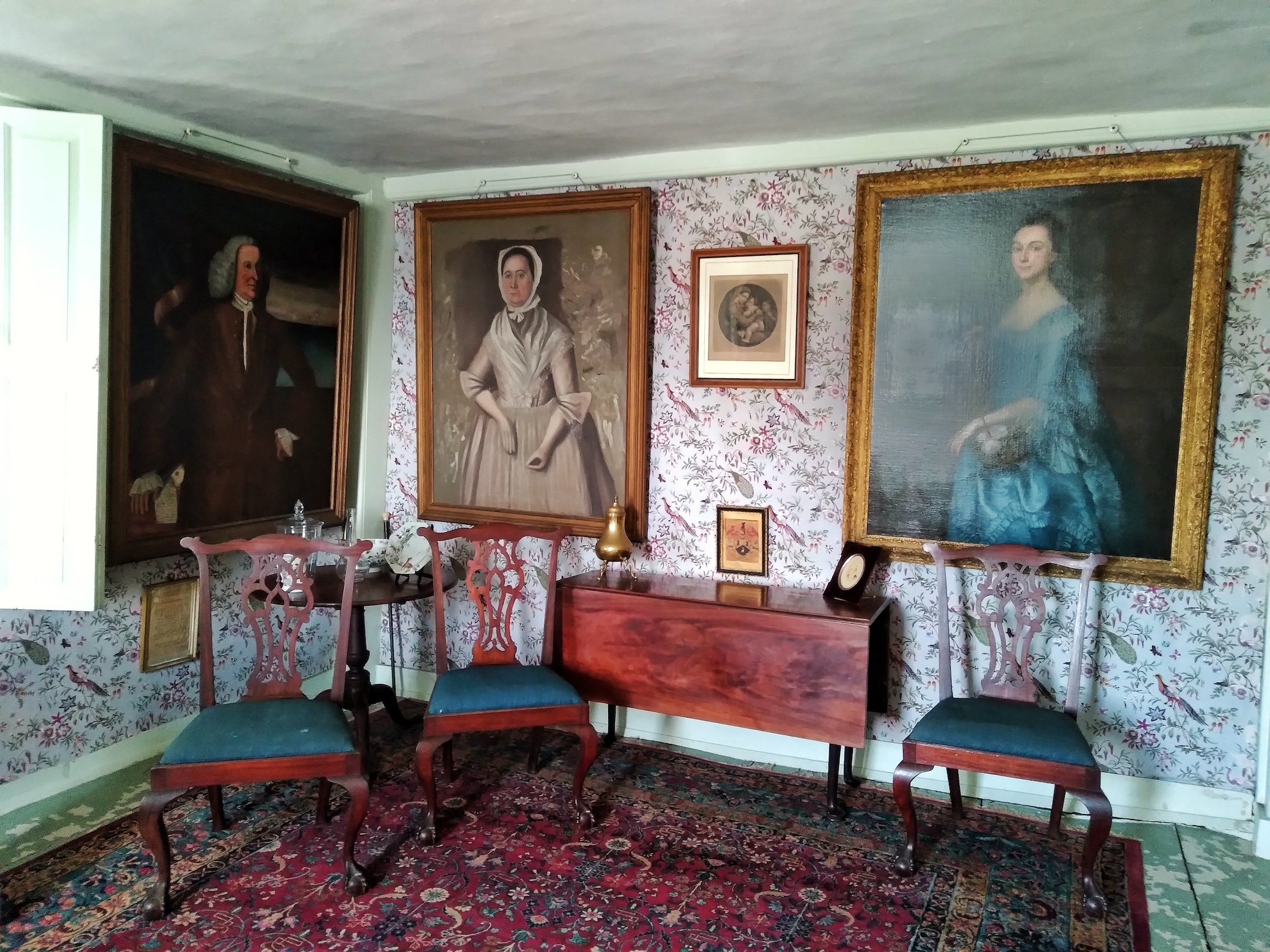
HNE raised prices for this season, so the house tour is now $15 for adults, $13 for seniors, $7 for students and children, and $0 to HNE members and library pass holders. Tours are given every hour on Saturdays from June to Columbus Day in October, with the first tour at 11:00 a.m. and the last tour at 3:00 p.m. The house has no formal lot, so cars carefully park on the front lawn. Like most historic house tours, the property is not accessible to those using a wheelchair or with limited mobility due to its steep steps. No virtual tour is available at this time. For those who have already exhausted the other house tours in the Greater Portsmouth area, this is a natural next stop.
* * *

Abigail Epplett is a marketing consultant open to working with humanities-focused organizations. She holds an MA in Museum Education from Tufts University, where she researched the history of New England from Plymouth to the Civil War. To learn more about her adventures with museums, visit her current blog at abbyeppletthistorian.blogspot.com.
Abigail is Historian-In-Residence at the National Museum of Mental Health Project: https://www.nmmhproject.org/